Explore how adults in the U.S. and 35 other countries compare religiously and spiritually when it comes to affiliation, prayer, afterlife beliefs and more, according to Pew Research Center.



Researchers at Rice University and collaborating institutions have discovered direct evidence of active flat electronic bands in a kagome superconductor. This breakthrough could pave the way for new methods to design quantum materials—including superconductors, topological insulators and spin-based electronics—that could power future electronics and computing technologies.
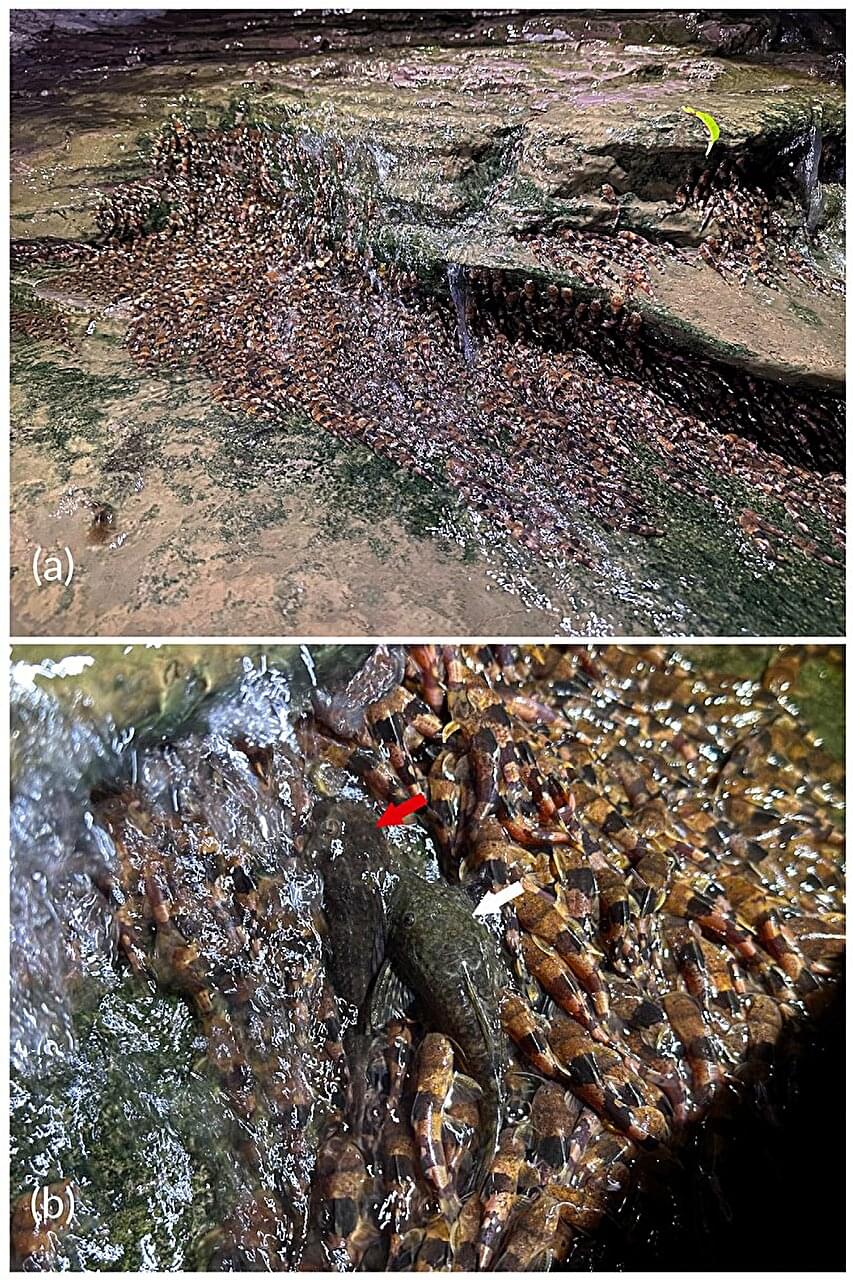
Nature often puts on incredible displays. A recent example caught on camera shows thousands of bumblebee catfish (Rhyacoglanis paranensis) climbing waterfalls in southern Brazil. This is the first time the species has been observed in such a large group and climbing, according to a study published in the Journal of Fish Biology describing the spectacle.
Environmental Military Police from Mato Grosso do Sul State spotted the catfish scaling slippery rocks between one and four meters high behind waterfalls on the Aquidauana River. The sighting occurred in November 2024 at the beginning of the rainy season, and a week later, a team of Brazilian scientists arrived to document the event.
They observed that the catfish’s climbing behavior depended on the time of day. During the hot afternoons, the fish sheltered under rocks and in shaded areas. They began climbing in the early evening as the sun was setting. The researchers also studied how the fish are able to climb. They keep their paired fins wide open and use lateral and caudal movements to push themselves forward. Scientists believe this is also aided by a suction mechanism that helps them stick to flat surfaces.
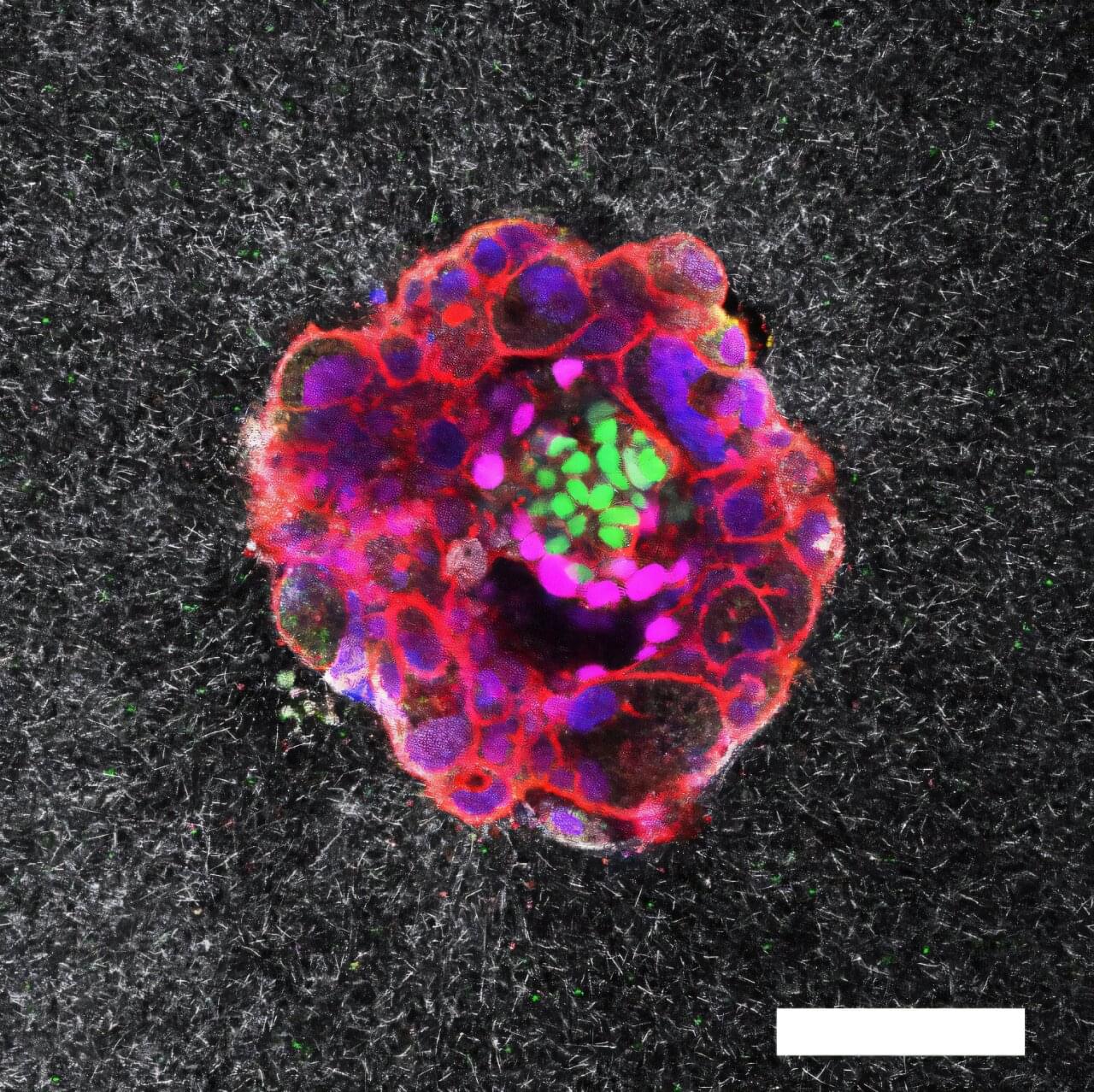

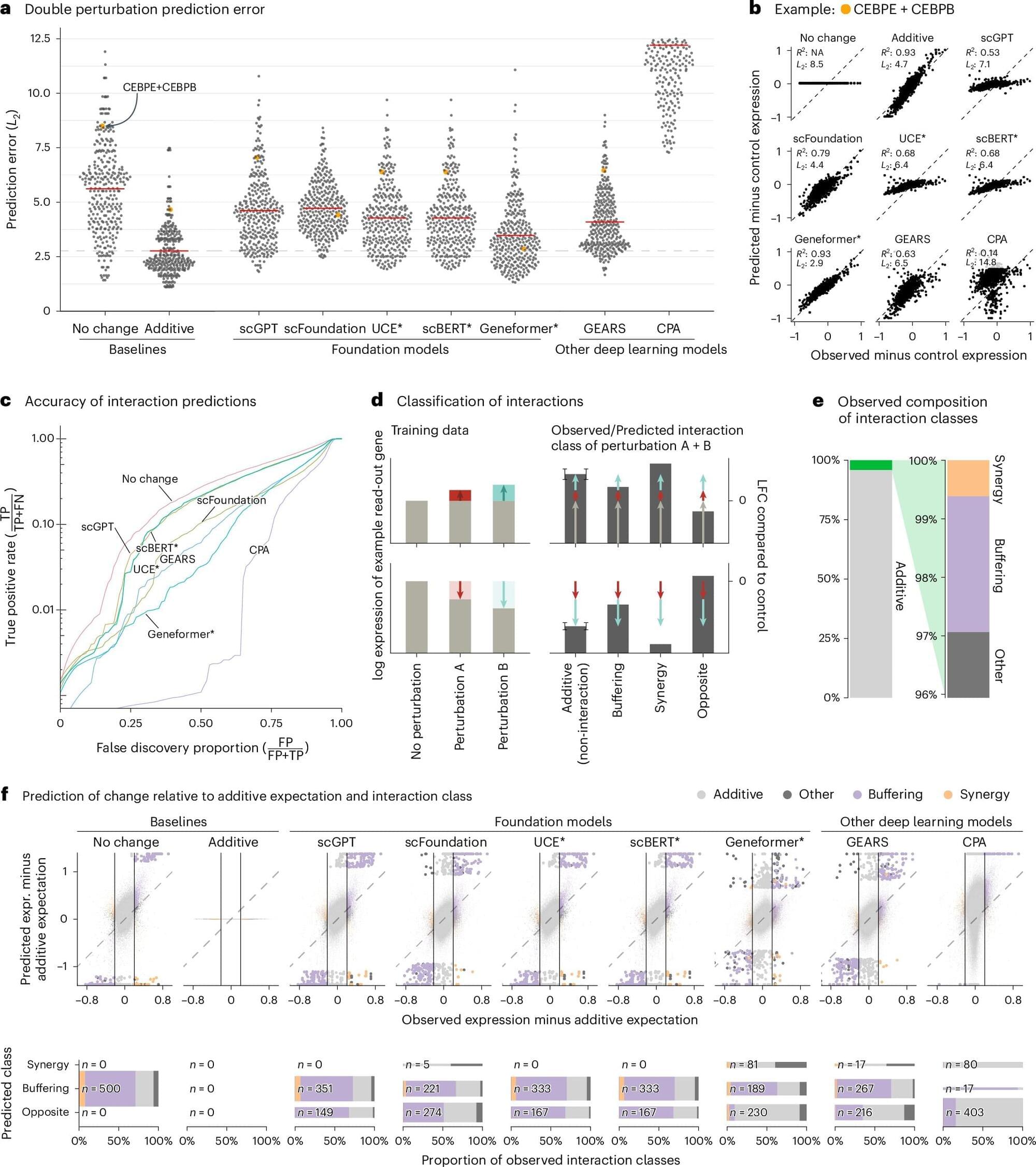
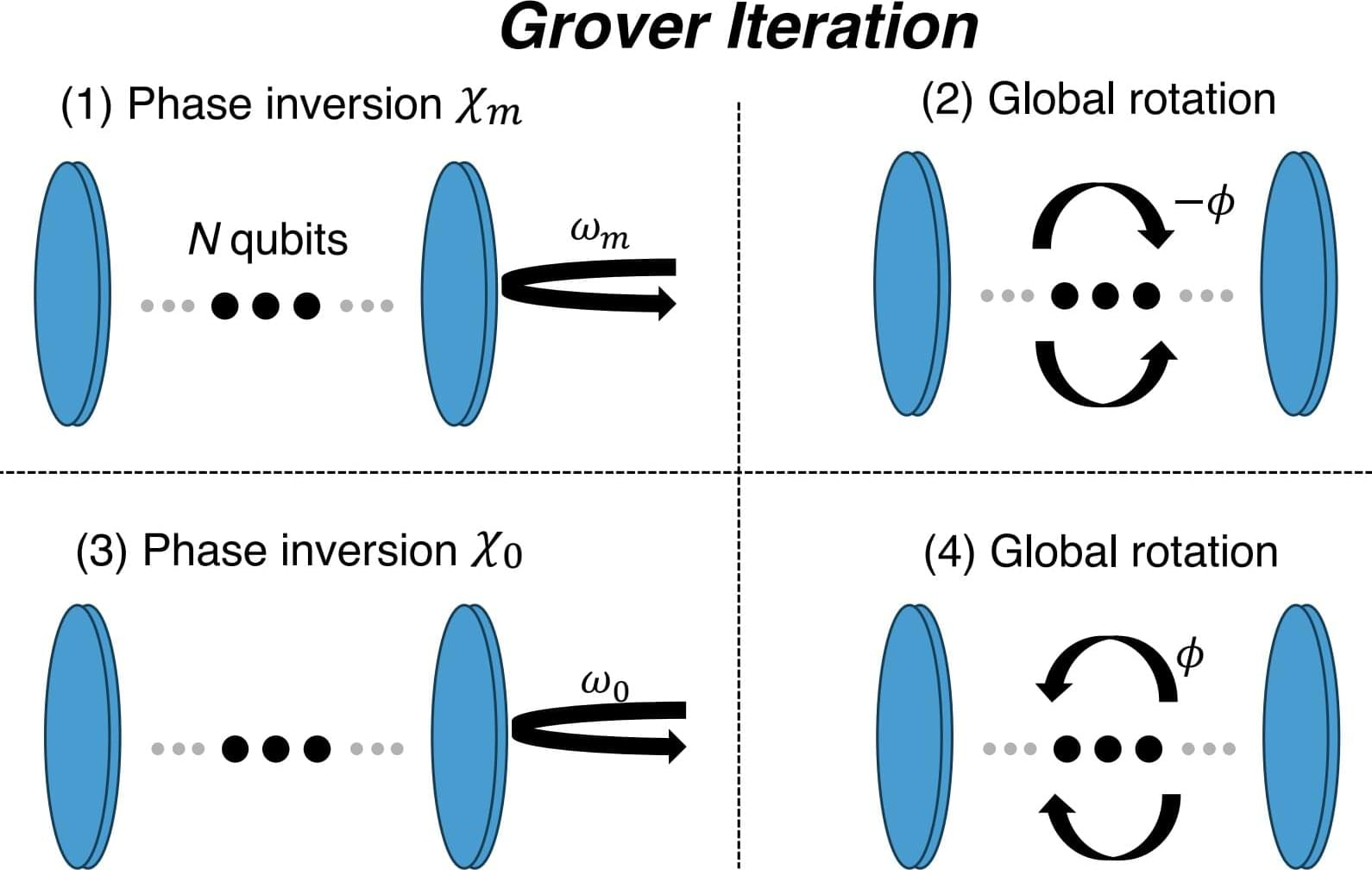
The reliable engineering of quantum states, particularly those involving several particles, is central to the development of various quantum technologies, including quantum computers, sensors and communication systems. These collective quantum states include so-called Dicke and Greenberger-Horne-Zeilinger (GHZ) states, multipartite entangled states that can be leveraged to collect precise measurements, to correct errors made by quantum computers and to enable communication between remote devices leveraging quantum mechanical effects.
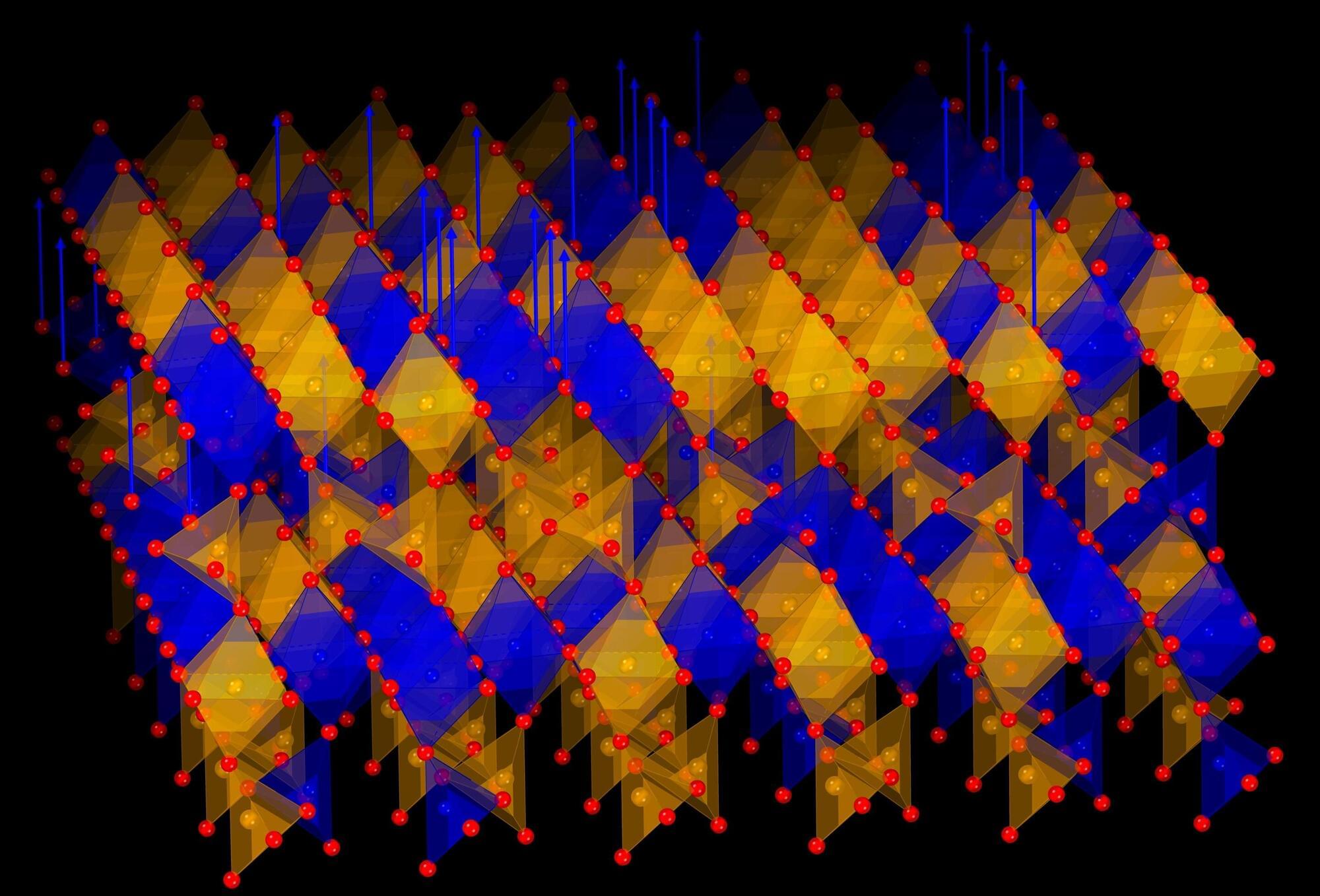
A team of scientists from Korea and Japan has discovered a new type of crystal that can “breathe”—releasing and absorbing oxygen repeatedly at relatively low temperatures. This unique ability could transform the way we develop clean energy technologies, including fuel cells, energy-saving windows, and smart thermal devices.

Hospital Clínico San Carlos in Madrid-led research reports that intermittent theta-burst transcranial magnetic stimulation (TMS) paired with language therapy over six months was associated with positive outcomes in primary progressive aphasia (PPA). Improvements included less decline in regional brain metabolism and improvements in language abilities, functional independence, and neuropsychiatric symptoms.
Primary progressive aphasia is a neurodegenerative clinical syndrome with insidious onset characterized by prominent speech and/or language impairment. It is a syndrome that can be the mode in which common causes of dementia, Alzheimer’s disease and frontotemporal degeneration are initially present.
According to current international consensus criteria, three variants are recognized: nonfluent/agrammatic, semantic, and logopenic. Speech-language intervention has proven to be beneficial.
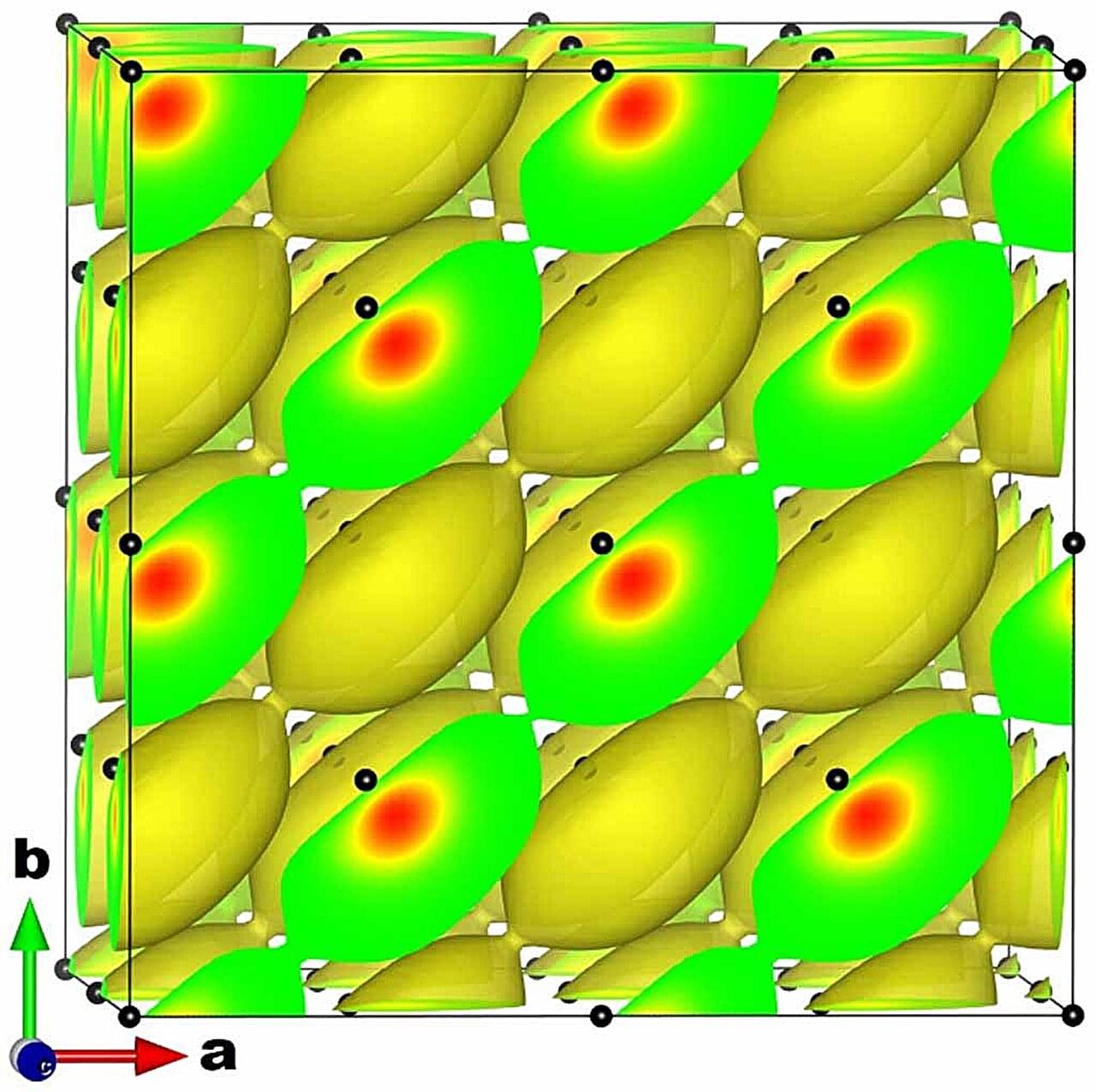
Electricity flows through wires to deliver power, but it loses energy as it moves, delivering less than it started with. But that energy loss isn’t a given. Scientists at Penn State have found a new way to identify types of materials known as superconductors that allow power to travel without any resistance, meaning no energy is lost.